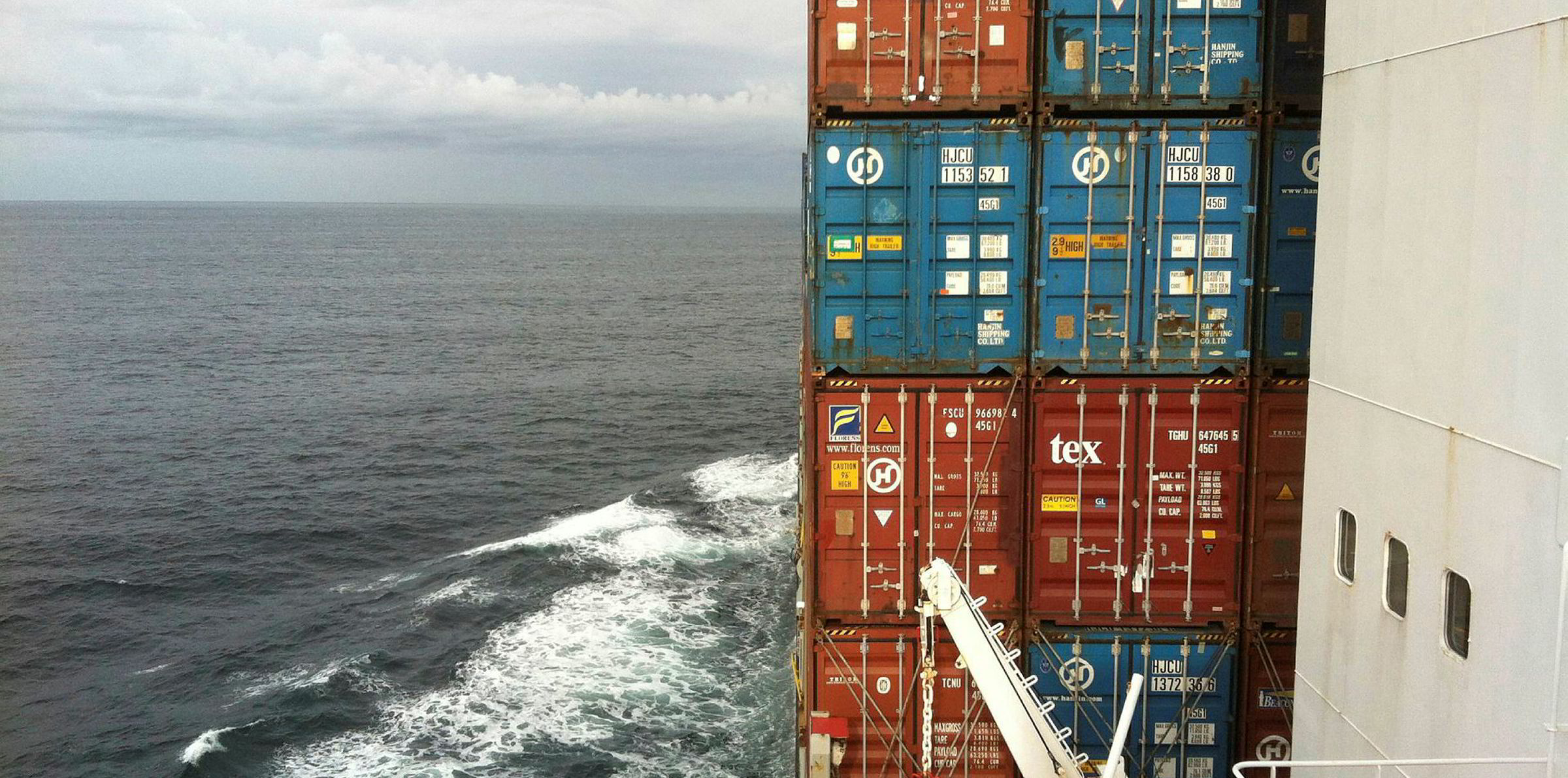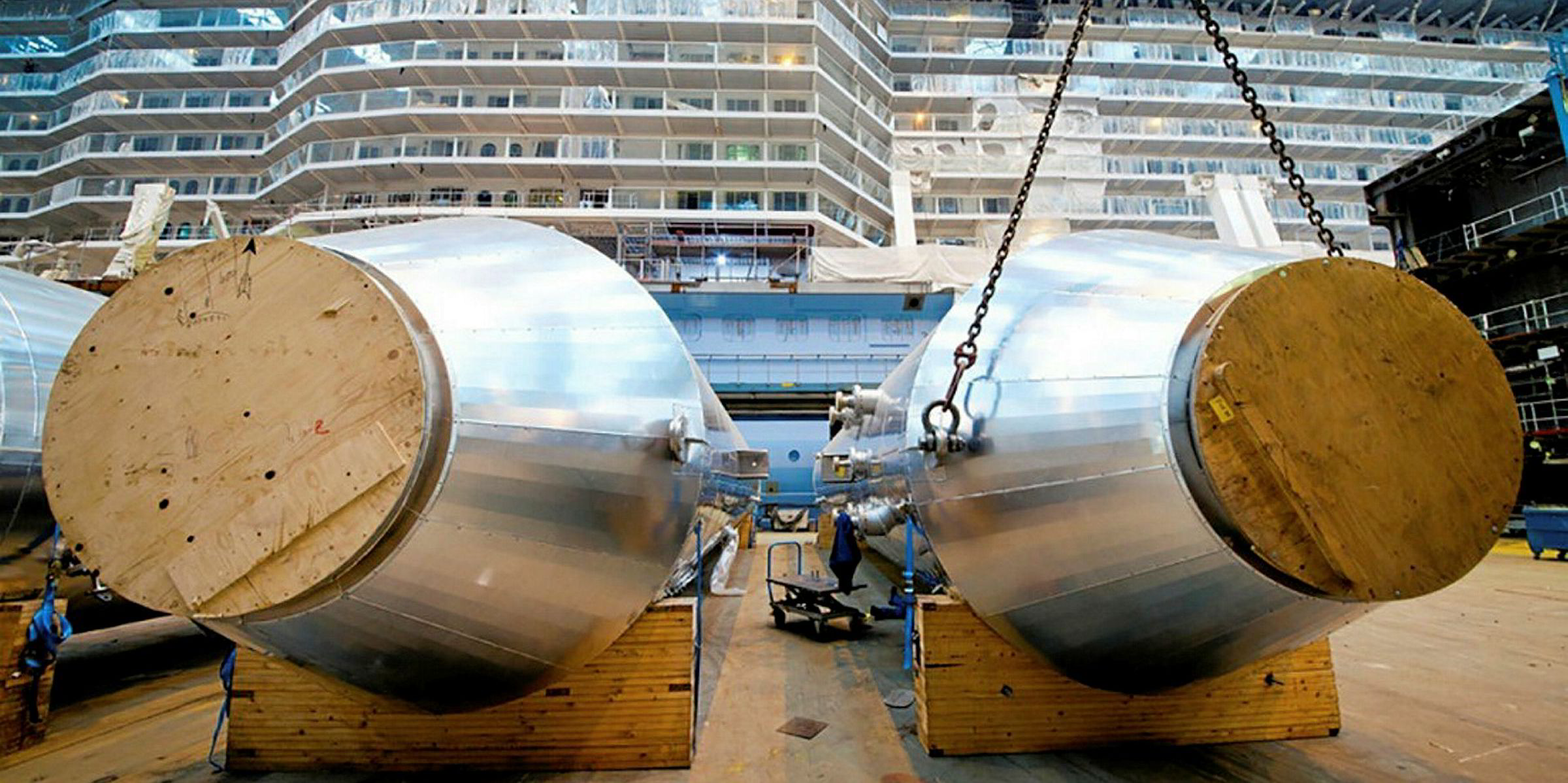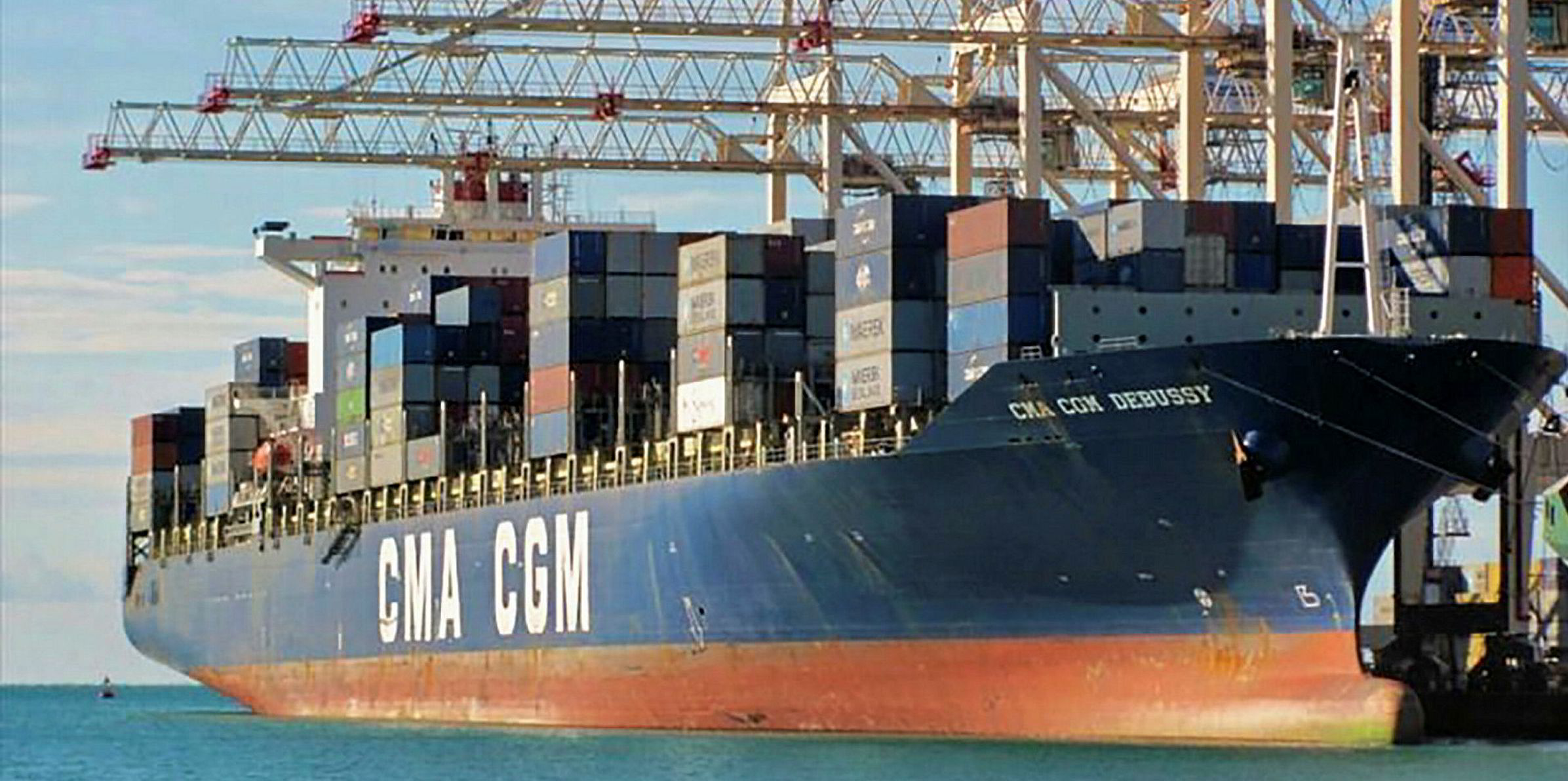Container lines are facing a challenge during the rest of this year from overcapacity and slower demand growth.
Analyst Alphaliner said momentum has turned negative after carriers enjoyed higher freight rates in the first six months.
But average spot numbers have now fallen 16% from their January peak, according to the Shanghai Containerized Freight Index.
"The capacity pressure is most apparent on the Asia-Europe routes, where freight rates have fallen by over 30% from their peaks early this year as carriers are struggling to rein in the capacity increase which is 6% higher, compared to a year ago," Alphaliner said.
Carriers are trying to mitigate the capacity increase through a series of blank sailings in July and August, but these moves have so far failed to reverse the rate slump, it added.
Capacity discipline has been more apparent on transpacific routes, but the restraint is about to end with the 2M pairing of Maersk Line and Mediterranean Shipping Co, as well as Zim, to introduce a new Far East-US Gulf string in August.
Fleet growing
The cellular containership fleet reached 22.7 million teu on 1 July, up 3.7%.
Vessel deliveries have added 505,800 teu-worth of newbuildings this year, against 136,900 teu of scrapping and conversions.
"While the rate of fleet capacity growth has decreased from 6.6% in July last year to 3.7% today, slowing demand growth has weighed heavily on the market’s overall performance," Alphaliner said.
A two-tier market has gradually emerged, where larger ships of above 6,000 teu clinched steadily rising rates, while smaller units lost ground.
"The looming IMO 2020 sulphur rule deadline has spurred demand for larger ships to fill sailing gaps caused by tonnage removed from the market to undergo scrubber retrofits," the analyst added.
Any impact from vessel downtime related to scrubbers will, however, be more limited for the smaller sizes, Alphaliner said.






